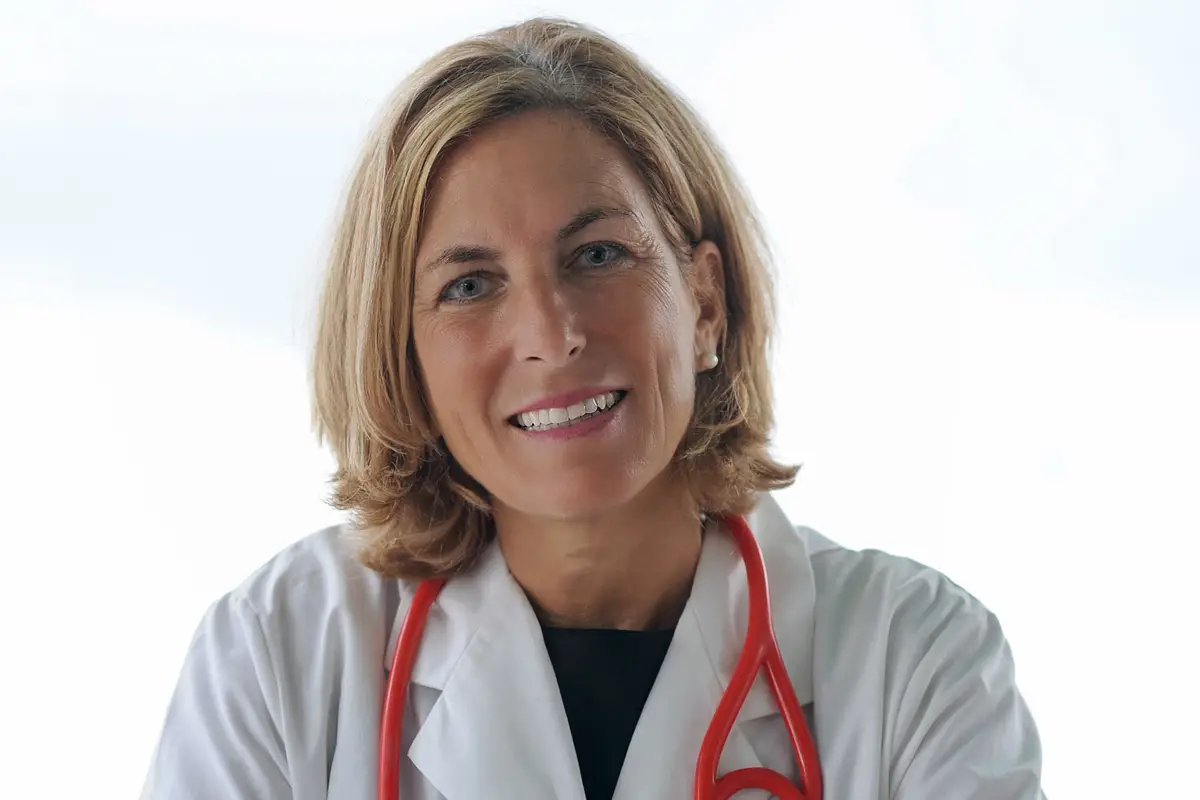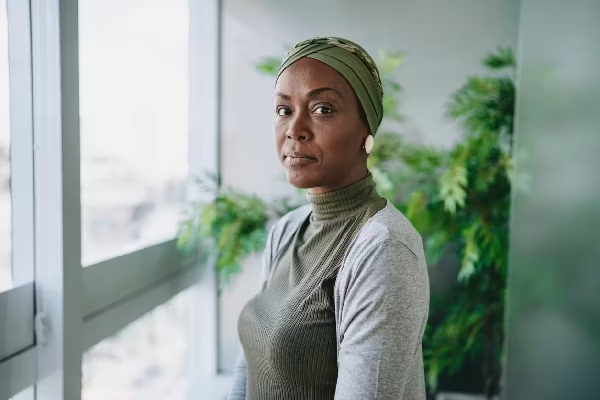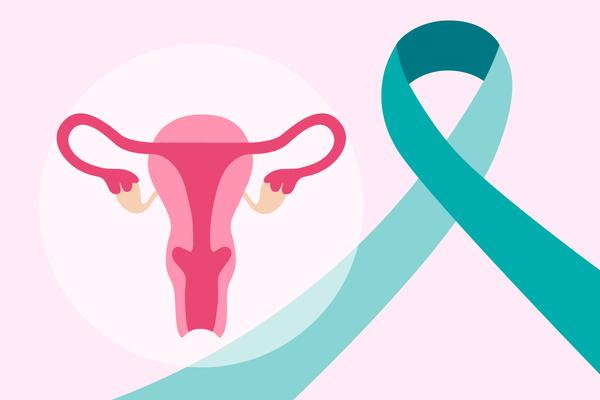At HealthyWomen, we believe that women should be educated and empowered to make the best health care decisions for themselves and their families. With this in mind, I'd like to discuss the new cervical cancer screening guidelines issued by the American Cancer Society (ACS).
While we believe that the ACS had the best of intentions in issuing the new guidelines, we also understand that shifting health recommendations can be confusing.
The new ACS guidelines recommend initiating cervical cancer screening at age 25 and that the HPV alone, without the Pap test every five years, be the preferred method of testing through age 65. This is a significant update to the guidelines released in 2012, which recommended screenings start at age 21 with the Pap test, and then adding in the HPV test every five years, starting at age 30.
- Age 25-65, screening with HPV test every five years without the Pap test
Where the HPV test is not readily available, the ACS recommends two other acceptable methods:
- A co-test every five years, combining the HPV test with a Pap test
OR
- A pap test alone every three years
The new guidelines recommend that people with a cervix can stop getting screened at age 65, provided they've had 10 years of regular screening with normal results. If not, they should continue being screened until they do.
The new guidelines also say that patients who have their cervix removed do not need screening, provided that the surgery to remove the cervix was "done for reasons not related to cervical cancer or serious pre-cancer."
I recently spoke with Dr. Jessica Shepherd, an OB-GYN at Baylor University Medical Center and a member of HealthyWomen's Women's Health Advisory Council, about the new guidelines.
"True preventive care is to see patients on a consistent basis before disease gets there, and with the new recommendations, it may take away the true meaning of preventive if the guidelines start this process at age 25," Shepherd said. "The new guidelines could also impact the relationship with the physician, which is usually annual. The changes can often be confusing for both patients and health care providers. These interventions, combined with proper management need to be tended to carefully to ensure patients are understanding the changes."
Our position: Ensure patients understand the changes
There are a few important factors to keep in mind.
First, the new guidelines state that the preferred method of screening is the HPV test. We're encouraged by the increase in the numbers of people getting the HPV vaccine — we know the HPV vaccine is making a difference — but we have a ways to go.
According to the Centers for Disease Control and Prevention's 2018 National Immunization Survey-Teen, only 45% of girls and 49% of boys ages 13 through 17 had completed the series of three recommended doses.
The ACS is changing the recommended guidelines based on the successful adoption of the vaccine, but we're not yet where we need to be in that regard. HealthyWomen believes the change needs to be accompanied by ongoing concerted, collaborative efforts to increase HPV vaccination rates. Unfortunately, people have delayed wellness visits due to the COVID-19 pandemic, and many children and adults are behind on their immunizations, including the HPV vaccine.
Second, we remain concerned that the five-year interval (between screenings) will separate women from their health care provider (HCP). For many women, the annual health visit is the only time they see an HCP — and many discussions and screenings beyond the pelvic exam happen there.
"The annual well-woman exam encompasses so much more than cervical cancer screening and includes screening for breast and gynecologic cancers, any preventive and sexually transmitted disease screening, prepregnancy counseling, issues with menstrual cycles and also management of menopausal issues," Shepherd said.
Since this long interval could have the unintended consequence of women further delaying visits to their HCP, it may cause far too many women to fall through the cracks — to miss follow-up appointments and/or miss screenings altogether.
Last, we are particularly concerned about how the new guidelines will impact the racial disparities that already plague this disease. In particular, Black and Hispanic women are more likely to get HPV-associated cervical cancer than white women, and Black women have higher rates of mortality from the disease than other groups, including white women.
We are concerned about any unintended consequences and want to make sure the guidelines are fully understood and vetted by policy and guideline experts. The guidelines were released by the ACS in early August and are still being absorbed and debated across the health care and cancer communities. While they point to the future of cervical cancer screening in a post-vaccine world, these changes will not be immediate.
In fact, as noted above, the guidelines specifically clarify that using HPV testing in combination with a Pap test ("co-testing") every five years or Pap tests alone every three years "remain acceptable options for now, as not all labs have transitioned to primary HPV testing."
It is no surprise that the downstream impact of broader HPV vaccination is a change in screening practices. What doesn't make sense is the lack of education accompanying these guideline recommendations. It's a case of putting the proverbial cart before the horse.
That's why we endorse a shared decision-making process between patient and health care provider. It's up to us to have that conversation to determine the best course of action for us as individuals. Women's health care emcompasses far more than a gynecological exam or cancer screening.
Whatever path we choose, we need to continue to see our health care providers on an annual basis. That way, we can ensure that we are taking care of ourselves, from head to toe.
It's vital that women understand that guidelines for any preventive measure (such as a mammogram or Pap test) do not negate the need for annual wellness visits that evaluate our health from head to toe.
This fall, as HCPs welcome back in-person visits, please remember the importance of taking care of yourself.
Resources:
Risk Factors for Cervical Cancer (American Cancer Society)
- Cervical Cancer Screening Is Essential, but Access to Good Treatment Can Be the Difference Between Life and Death ›
- A Conversation About HPV & Cervical Cancer Screening ›
- HPV, Cervical Cancer and Cervical Cancer Screening: What Do You Need to Know? ›
- Get Screened: January Is Cervical Health Awareness Month ›
- How often should I be screened for cervical cancer? - HealthyWomen ›




